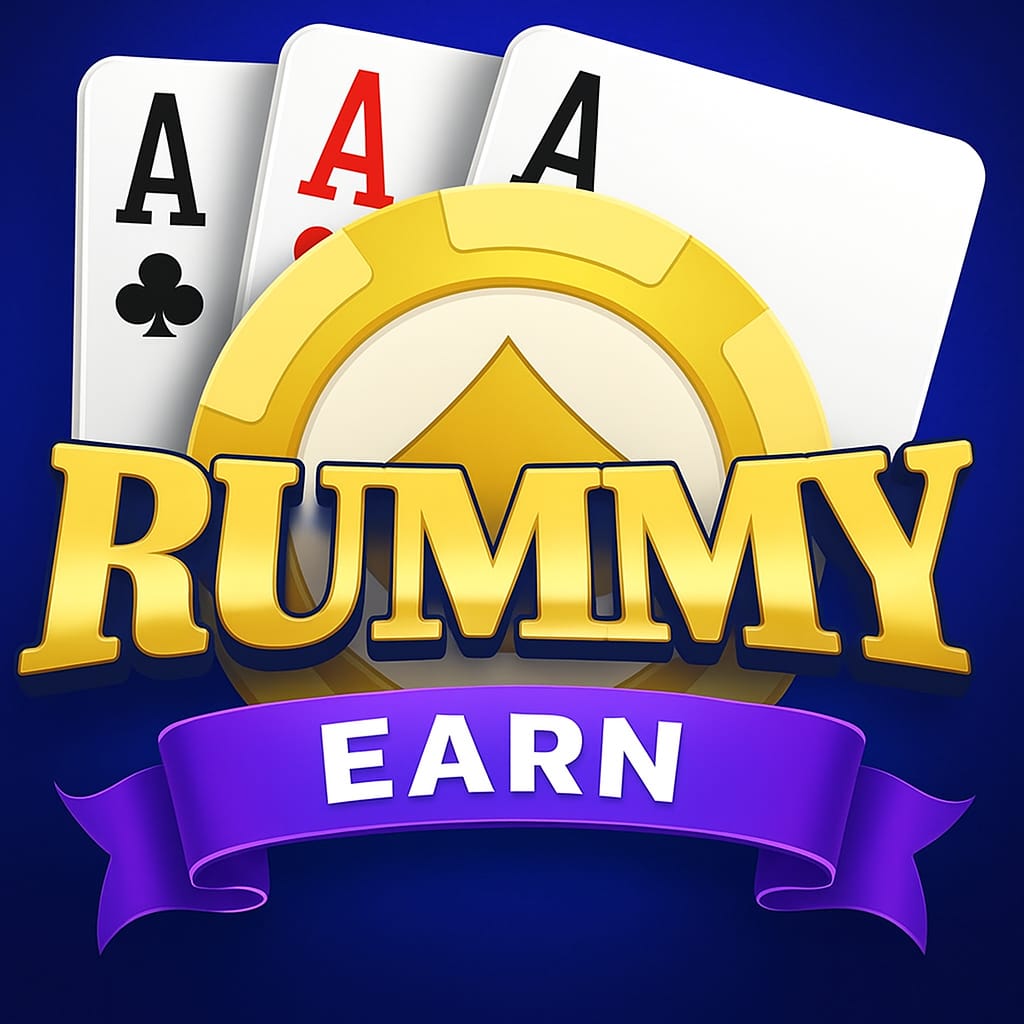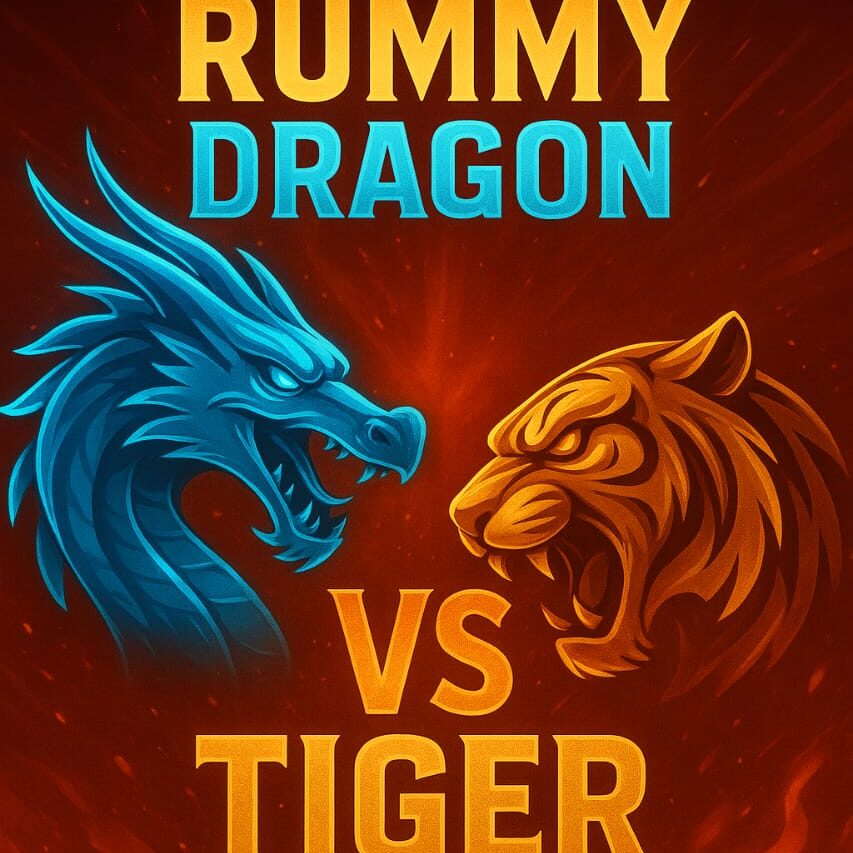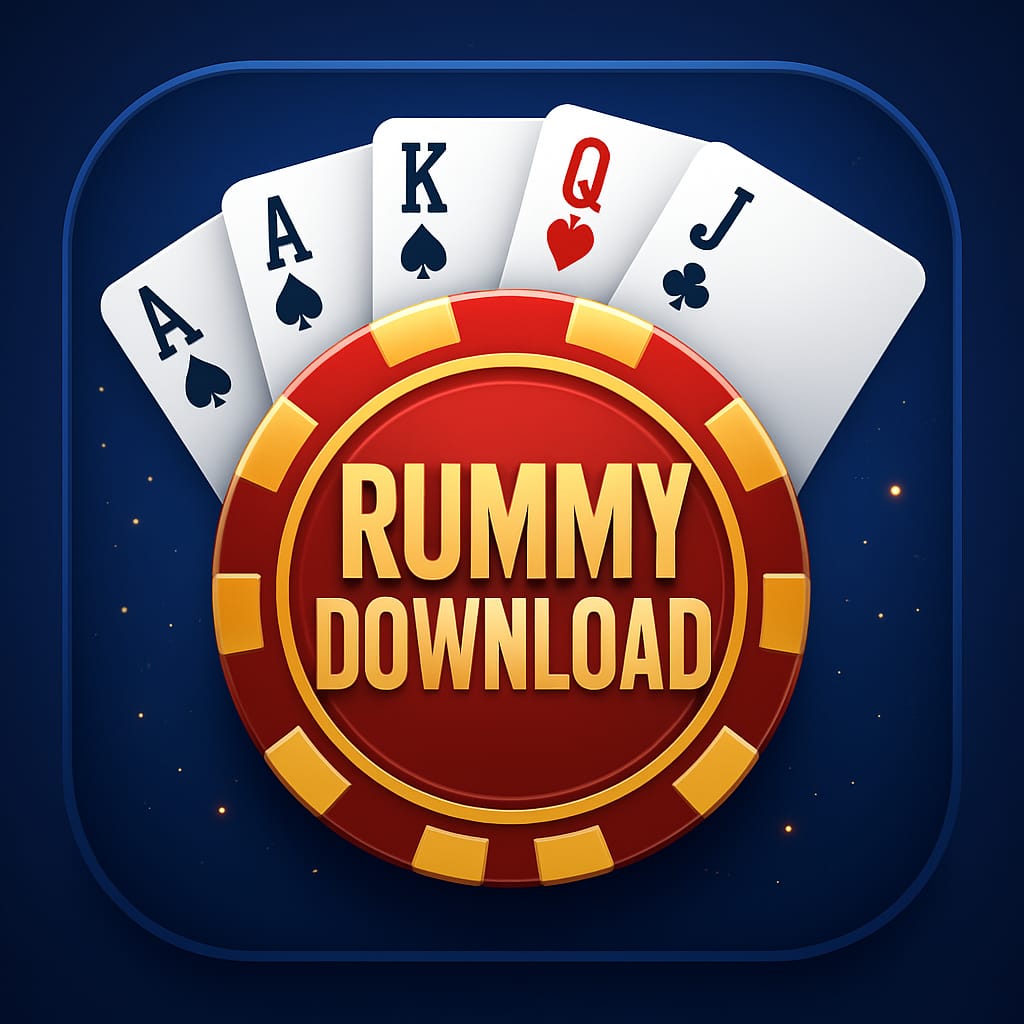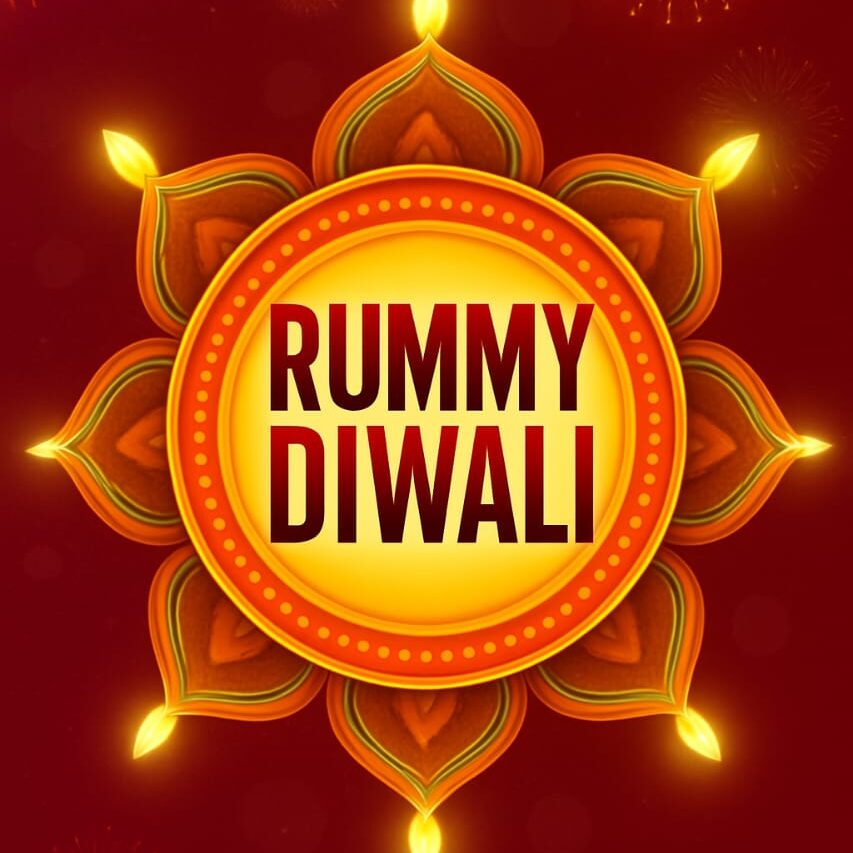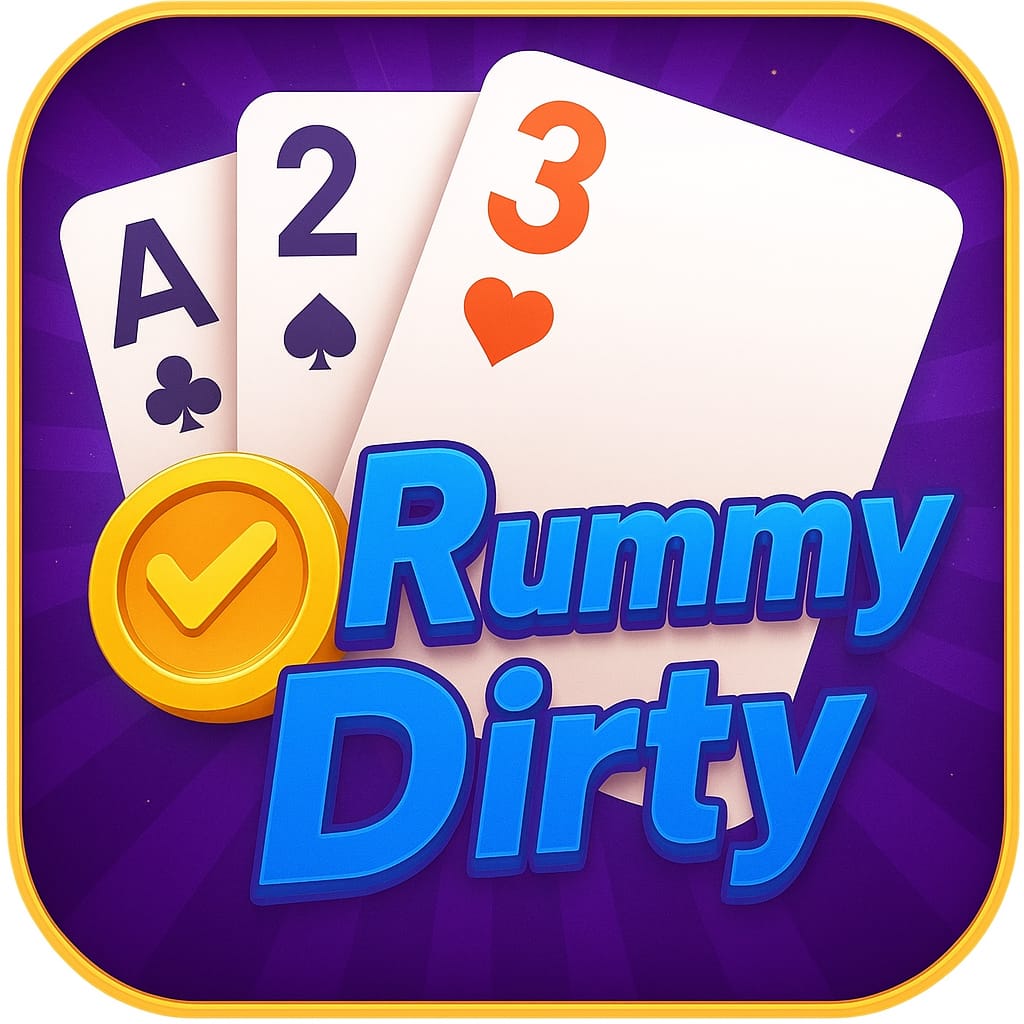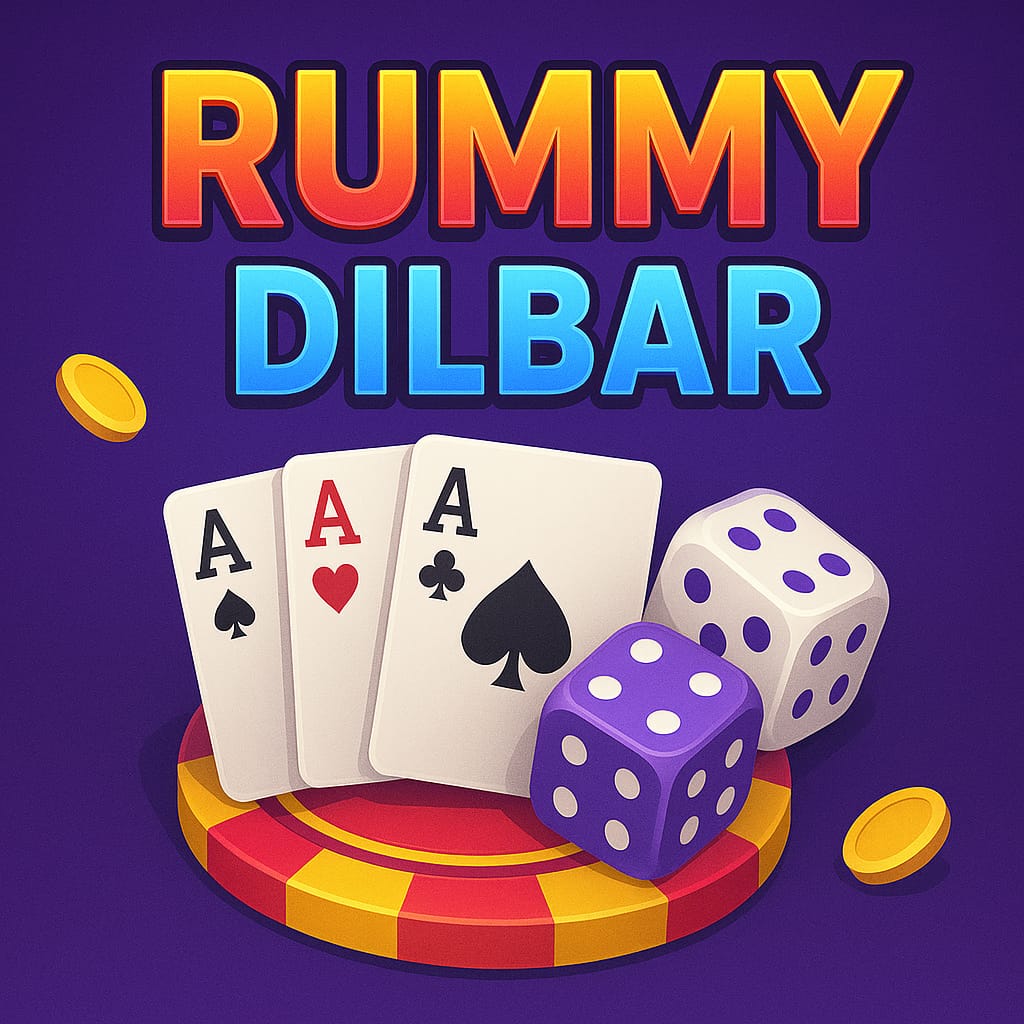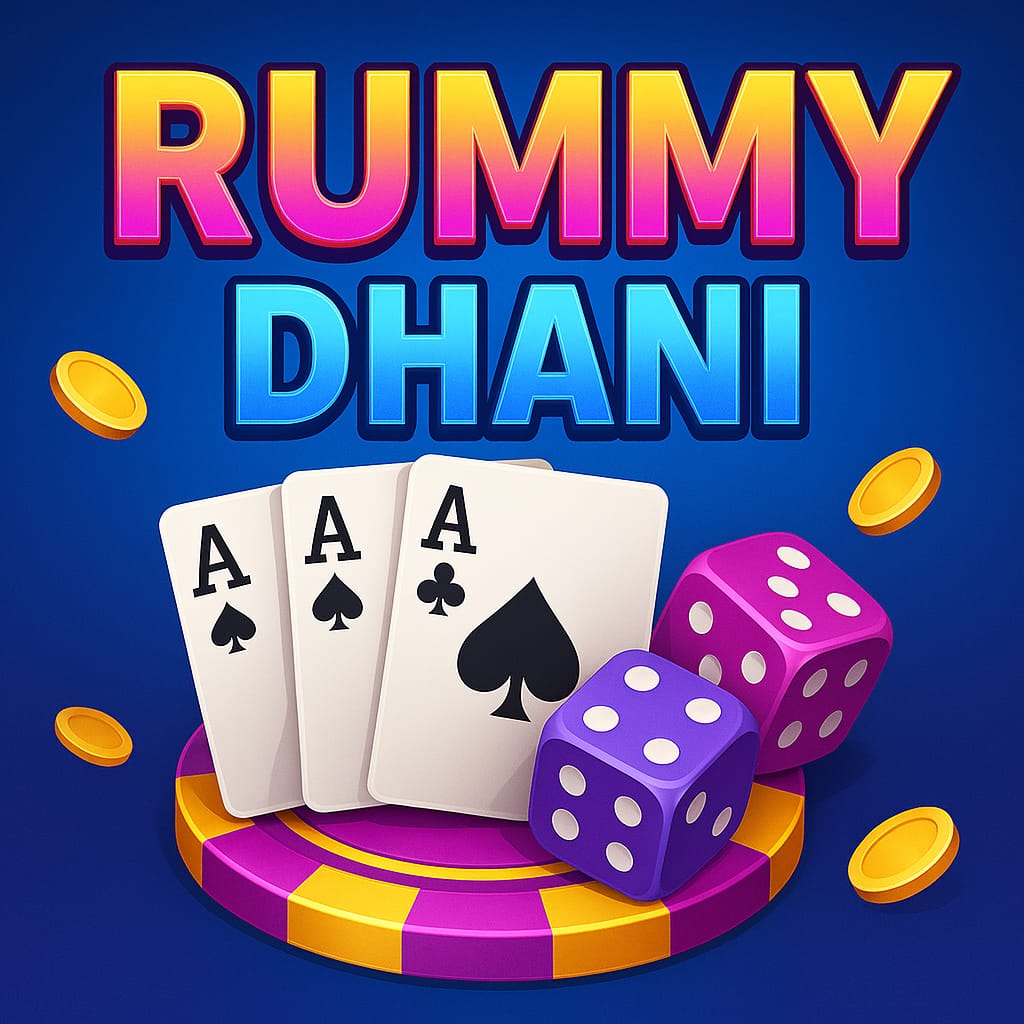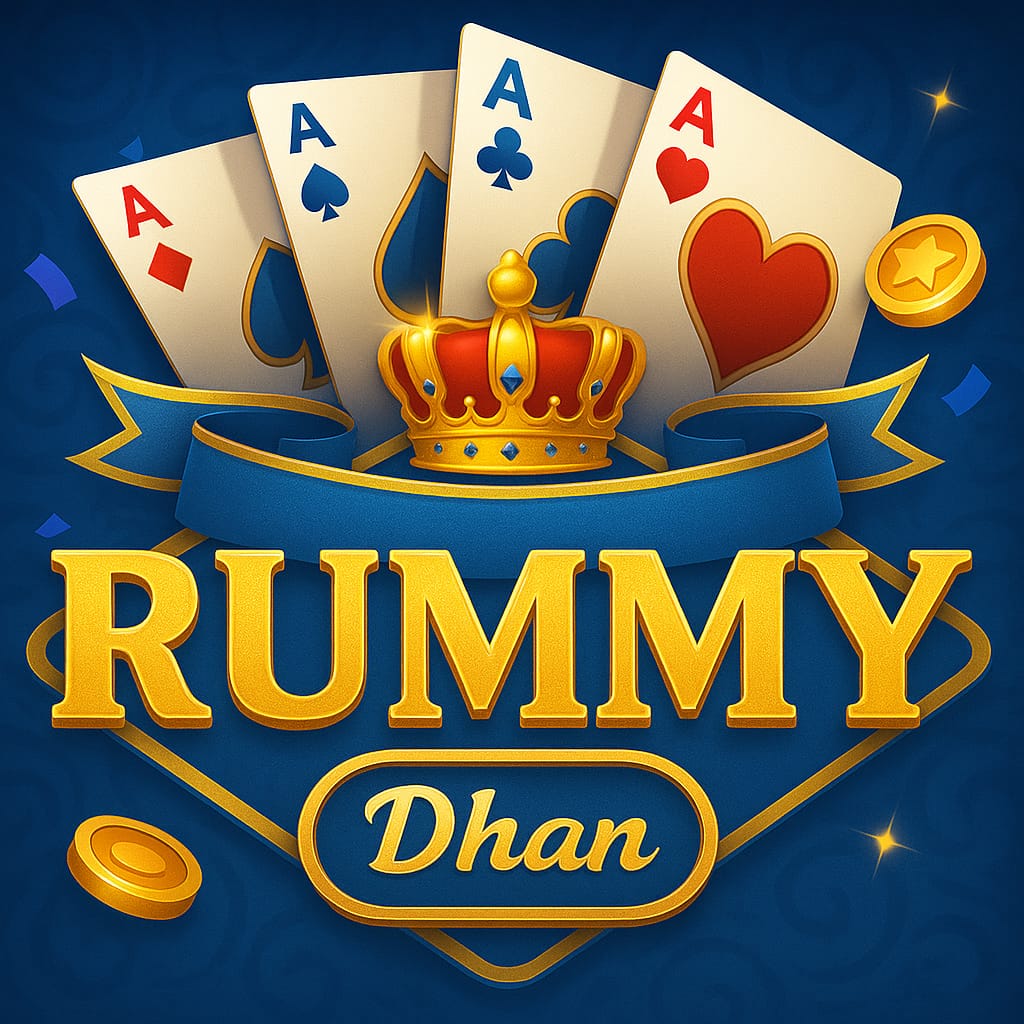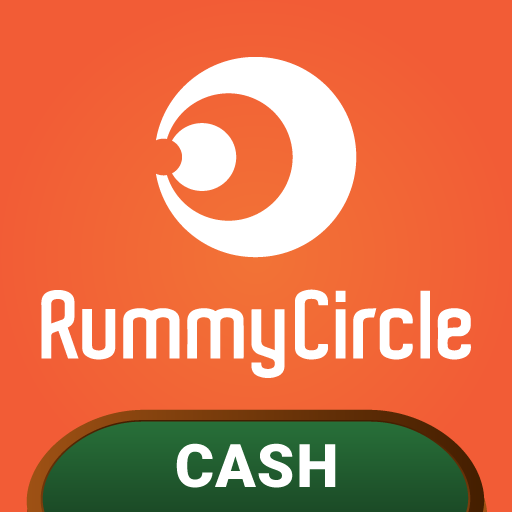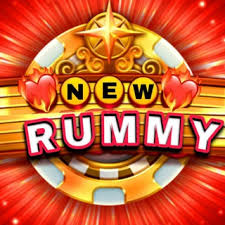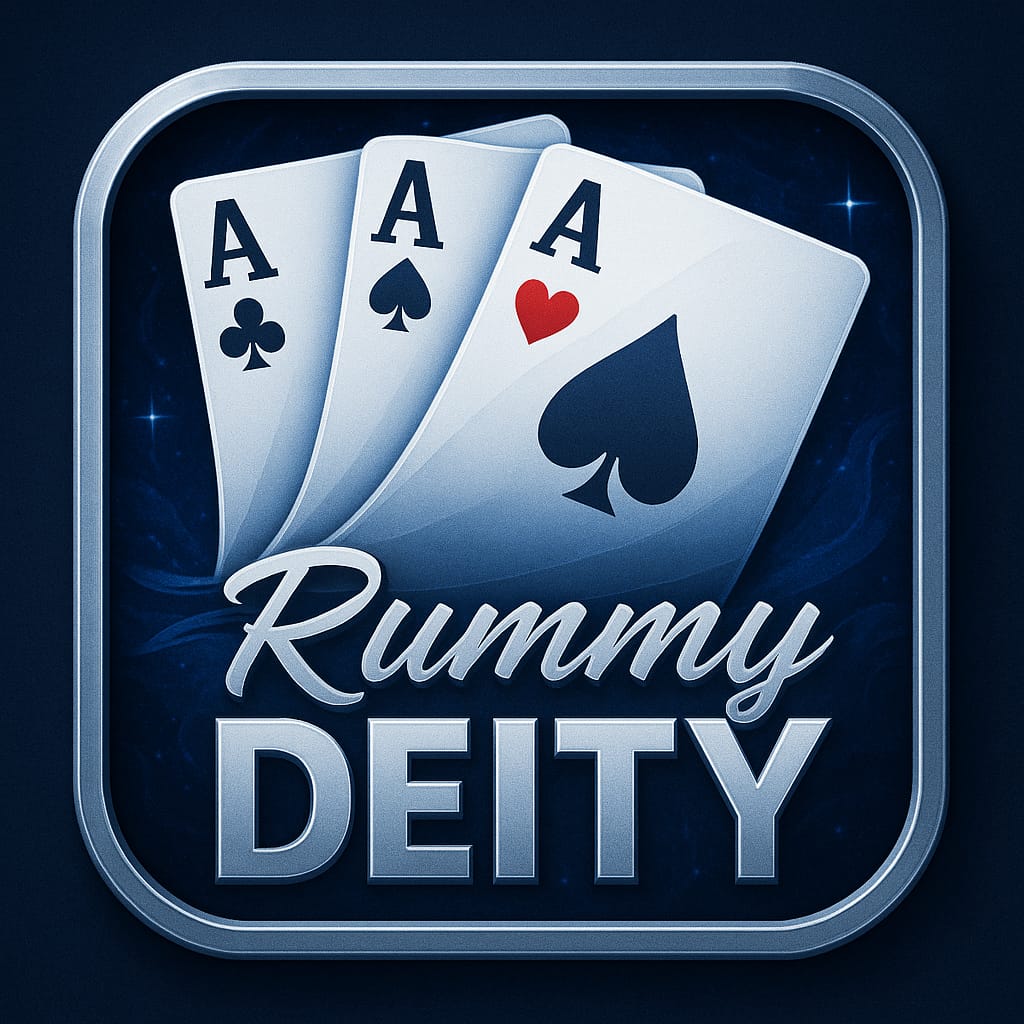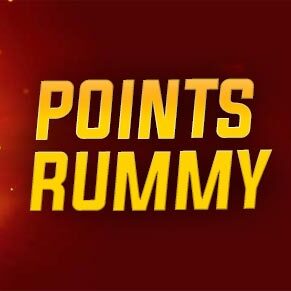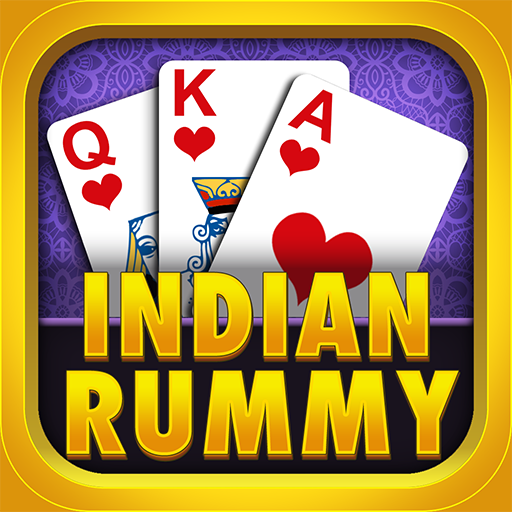Understanding the Rummy Cards Order: A Complete Guide
Rummy is one of the most popular and engaging card games played across the world. Known for its mix of skill and strategy, it involves forming valid sets and sequences from the cards dealt. A fundamental part of mastering the game lies in understanding the Rummy cards order, as it directly influences gameplay, meld formation, and winning strategies. Also Download Happy Teen Patti
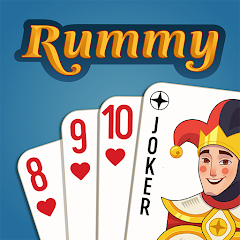
1. The Deck and the Objective
Rummy is usually played with one or two standard 52-card decks, each including 13 cards in each suit: Spades, Hearts, Diamonds, and Clubs. Jokers (printed or wild) are also used, depending on the variant.
The main objective in most Rummy games is to form:
At least one pure sequence (without jokers)
Other sequences or sets (with or without jokers)
All cards should be part of valid combinations to declare and win
2. Rummy Cards Order (Low to High)
The cards in Rummy are ranked as follows (from lowest to highest):
A – 2 – 3 – 4 – 5 – 6 – 7 – 8 – 9 – 10 – J – Q – K
Key Points:
Ace (A) can be considered low (before 2) or high (after King) depending on the rules and sequences you are making, but it cannot be both in the same sequence.
Example (Low): A-2-3
Example (High): Q-K-A
Invalid: K-A-2 (this wraps around and is not allowed)
Face Cards (J, Q, K) all have the same value of 10 points in scoring, but they hold their place in order for sequencing.
3. Sequences and Sets
Sequence (Run):
A group of 3 or more consecutive cards of the same suit.
Pure Sequence: No joker used
Impure Sequence: Joker used as a substitute
Examples:
Pure: 4-5-6 of Hearts
Impure: 8-9-Joker of Spades (if Joker substitutes 10)
Set (Group):
A group of 3 or 4 cards of the same rank but different suits.
Jokers can be used in sets
Example:
7 of Hearts, 7 of Spades, 7 of Clubs
5 of Diamonds, 5 of Clubs, Joker
4. Role of Jokers in Order
Printed Jokers: Cards with a joker image
Wild Jokers: Randomly selected rank (e.g., all 4s) which act as jokers
Jokers can substitute for any card in a sequence or set except in a pure sequence.
5. Scoring and Card Values
For points-based Rummy, understanding card values is crucial:
Number cards (2–10): Face value (e.g., 7 = 7 points)
Face cards (J, Q, K) and Aces: 10 points each
Jokers: 0 points
When a player declares, the opponents’ unmatched cards are counted toward their score.
—
Final Thoughts
Mastering the Rummy cards order is key to improving your game. Knowing how cards are ranked and used in sequences and sets helps you make quick decisions, reduce points, and build winning hands more efficiently. Whether you’re playing traditional Indian Rummy, Gin Rummy, or other variants, this knowledge will always be your best companion at the table.
Want to learn more about Rummy variations or strategies? Let me know! Also Download Yono Rummy



